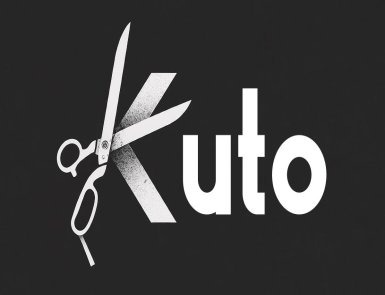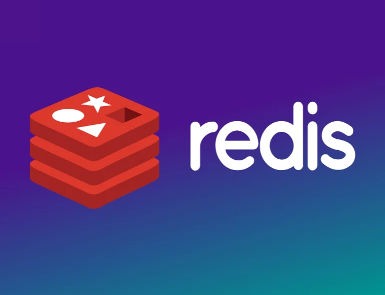Excellent user experience, quick load time, and lean codes are crucial for gaining success in modern web development. JavaScript bundling has been a prominent tool for optimizing web performance. However, it has some limitations. Slow updates and bloated bundles are a few issues people often complain about.
Kuto Bundler seems like a revolutionary solution to overcome these flaws. Unlike conventional bundlers, it takes a reverse approach to bundling, resulting in fast load times and optimization.
This tool streamlines the bundling process and manages dependencies in JavaScript.
Let us get to know more about Kuto Bundler and its features
Overview of Kuto Bundler
Kuto is a reverse JS (JavaScript) bundler that helps users make websites faster by dividing code into separate bundles. The bundler supports quick updates without redownloading the entire bundle.
Kuto employs caching optimizations and intelligent splitting to reduce the size of a bundle. It naturally improves the update efficiency. Furthermore, Kuto lets users customize the bundling process according to their preferences.
Key Features of Kuto Bundler
Kuto is gaining popularity for its reduced download size and start time. When updating a React component on a site with approximately 3MB of JavaScript, there was a 71% decrease in data required to be downloaded. Besides this, the site started almost 28% faster even on Pixel 3 which is a pretty old device now.
Let us check out some exciting features of Kuto
“No Side Effects” Function
Kuto bundle searches for codes with no side effects and adds them to its corpuses. The tool employs circular dependencies to make sure codes are safe to call.
The bundler ensures that the process of bundling JavaScript code can’t modify any external state or variables outside the code being bundled. It prevents unexpected disruption to different parts of the web application.
Circular Dependency
Kuto has a mechanism to identify and manage circular dependencies. It issues warning alerts to developers about such problems. Additionally, Kuto might recommend code restructuring to resolve the situation of circular dependencies.
Code Splitting
Kuto Bundler lets web developers implement code splitting. They can divide their codebase into small and easy-to-manage chunks. It improves performance by optimizing the loading of resources. Consequently, it supports quick loading times for users.
Management of Dependency
Kuto makes dependency management straightforward by resolving and bundling dependencies, particularly in the project configuration. It removes the requirement for manual interference, which saves time.
Customization
Kuto bundle lets you tailor the bundling process as per the requirements. For instance, developers can adjust the output path to configure optimization options.
Plugins
Kuto has an ecosystem of plugins that extend its functionality. Developers can use plugins to optimize assets, generate source maps, and transpile codes.
Hot Module Replacement
Kuto bundle lets developers check out changes in real-time without refreshing browsers manually
How Does Kuto Function?
Individuals who want to understand the science behind the functionality of Kuto must discover its inner workings. Kuto divides source JavaScript into two main components. These are the ‘main’ bundle and a large ‘corpus’.
Kuto separates the source of JavaScript into these components during the beginning of the build process, code reuse optimization, and update delivery.
Once created, the corpus stays cached with hashed timestamps. The process ensures that the client gets updated when there is a change.
Kuto can identify code from existing corpora to satisfy new changes. It reduces redundant downloads and optimizes update delivery.
Each corpus might shrink in size with changes in functions and statements. It ensures that clients get the most efficient bundle possible.
If we have to explain the Kuto function process by steps, it will go like this:
Dependency Resolution
Kuto begins by parsing the configuration files (package.json) of the project. It identifies the dependencies needed by the application.
Module Bundling
As soon as the dependencies get resolved, Kuto bundles the corresponding modules into a unified output bundle. Kuto applies optimizations like code minification, tree shaking, and more. It minimizes the bundle size and enhances the overall performance.
Output Generation
Once the bundling is complete, Kuto produces the final output bundle. It is deployed to the production environment or served to users.
Users can specify different output configurations, such as output directory paths, file naming conventions, etc., as per their needs.
Development Server
Kuto also offers a development server to manage bundled assets locally. The server comes with an HMR feature that lets developers recapitulate immediately during the development process.
Practices for Implementing Kuto
Undoubtedly, Kuto offers a myriad of advantages. Nevertheless, its implementation requires careful attention.
Some key tips to incorporate Kuto in your web development workflow are as per below:
- Make sure the requirements of your project align with Kuto’s features.
- You can generate an initial bundle with a conventional bundler and then apply Kuto for the subsequent updates.
- Maintain your old build artifacts. It will enable Kuto to recognize codes that can be cached or reused.
- Always track the performance metrics of Kuto.
Future of Kuto
The web development landscape has been continuously evolving. Kuto bundle can play a significant role in shaping the future of JavaScript application bundling. In the coming years, you can expect Kuto to release new optimization features to strengthen its capabilities. Kuto might give more priority to performance optimization and fragmentation management.
Conclusion
All in all, we can say that Kuto works perfectly on ESM (ECMAScript Modules) bundles of real sites or applications. It empowers web developers to build powerful JavaScript applications. Kuto is a valuable tool that offers you a user-friendly yet practical solution for complex JavaScript application bundling. Whether you are a beginner or a seasoned developer, you must add this tool to your kit.










